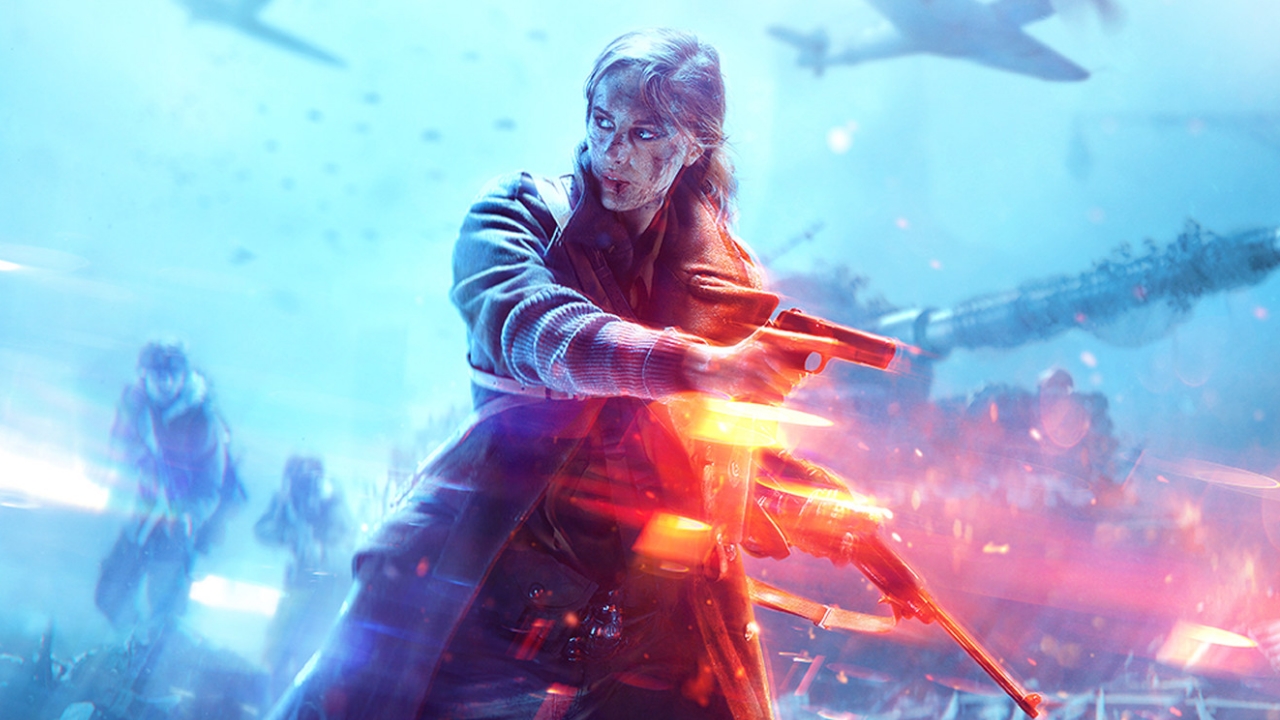Metro Exodus brings the underground series into the light, and adds new open-world sections
"You're stepping into the shoes of Artyom, we want you to feel like you're becoming him"
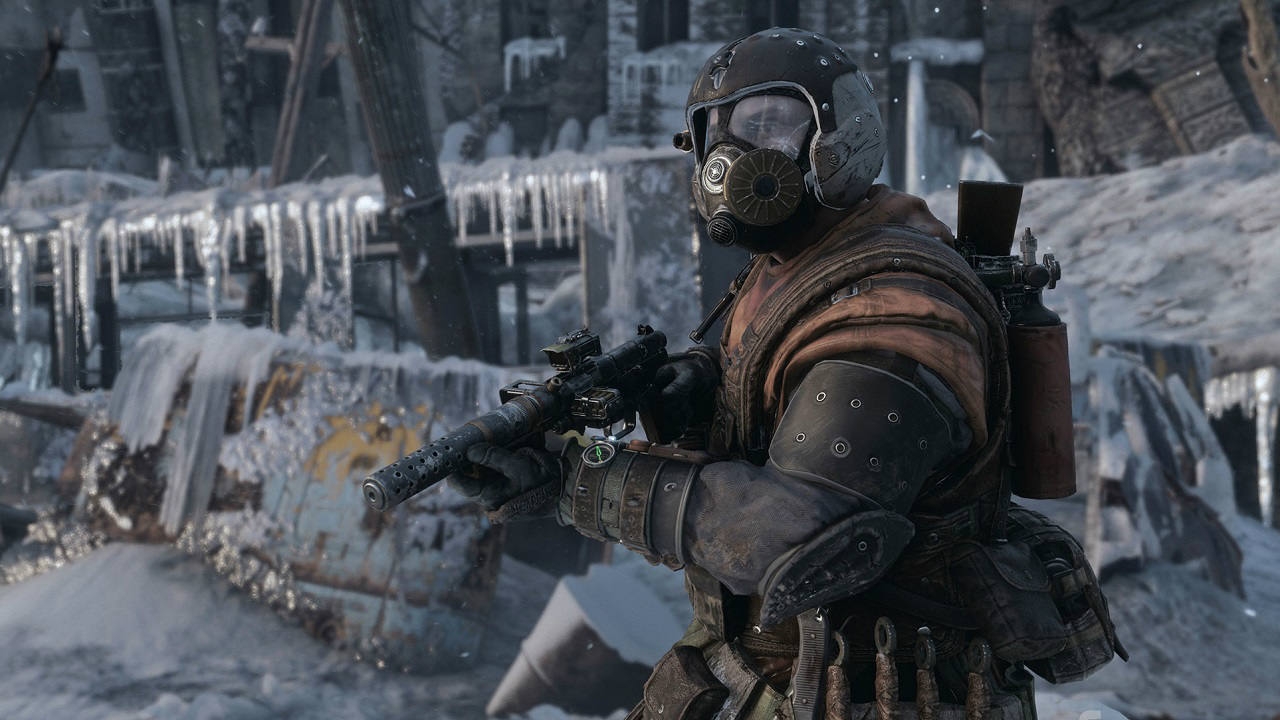
Metro Exodus has some bad news for agoraphobes: this latest instalment in the irradiated series will see hero Artyom leave the dark tunnels and bunkers that have been its traditional stomping ground, and head out into more open world areas. Not the the open world seems to be much friendlier than cloying darkness of the tunnels...
As Artyom, you're one of the survivors of a nuclear war that destroyed civilization as we know it. On this new journey you're joined by your wife, Anna and a bunch of Spartan rangers, and you can expect delays because you're travelling by train. Your first stop? A patch of desolate Russian wilderness, which you can explore at your leisure. The story is pretty clear about directing you towards a church in the distance, but this is not one of those ones with the fun hymns and the potluck dinner afterwards.
There are no object markers, just a map and a compass, which makes a directionally challenged player like me nervous. Yes, it pushes you to take more notice of your surroundings, but as someone that once got lost in her own village, I fear for myself later in the game.
Executive producer Jon Bloch explained using story and landmarks to direct you is all about preserving the immersion. "The things that you're doing in the demo, like going with Anna to the church, there's a reason in the story to do that. There aren't things like 'go and kill ten of those things and collect their pelts," he says.
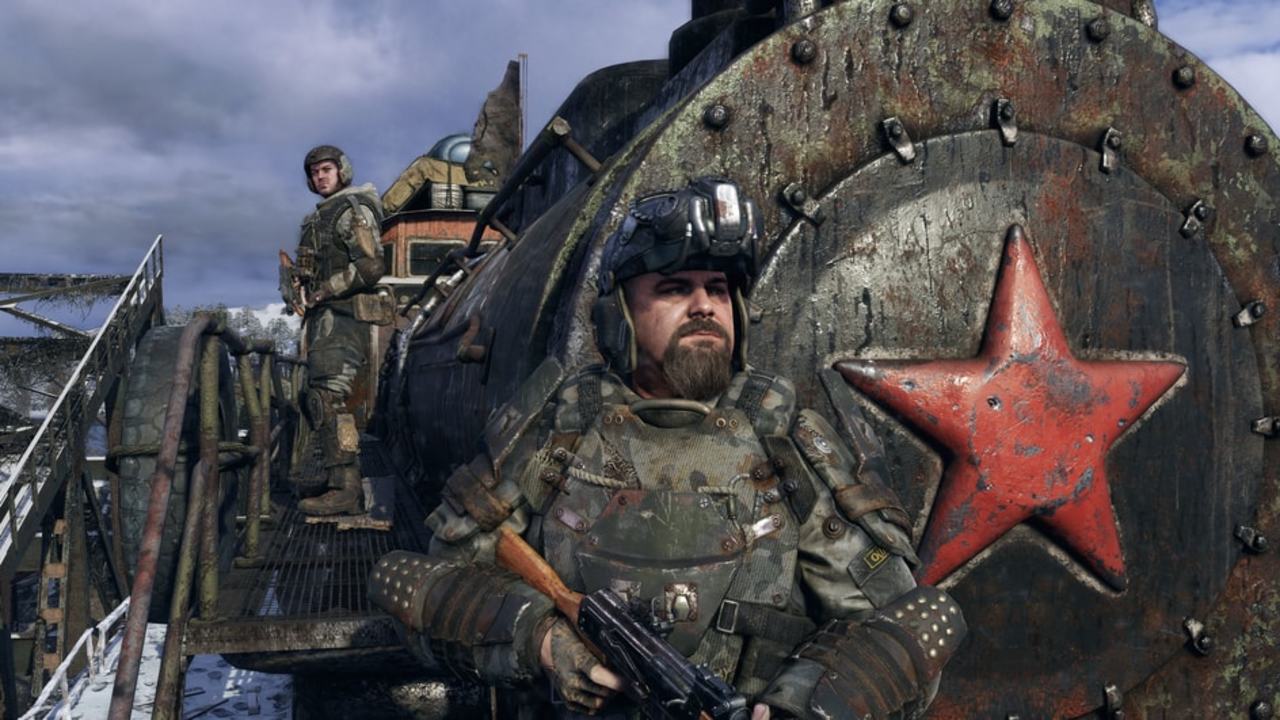
"We find other ways to incentivise players to explore the environment, and go and find all these different areas that aren't part of the main 'golden path.' We try to do that in ways that feel more natural - making things look more interesting from far away so the player is motivated just by the 'ooh shiny' of there's something there."
At least in the section I played, that worked. The world felt purpose made in that if you spotted something like a crashed plane and went to look at it, you were going to be reward with some loot or a chunk of story - via an audio cassette recording - you might have otherwise missed.
"If you come across a house, we don't want it to feel that there's a house here and a level designer put it here because it looked interesting, and an environment artist put this stuff inside, we want you to walk into the house thinking somebody lived there," says Bloch.
Sign up to the GamesRadar+ Newsletter
Weekly digests, tales from the communities you love, and more
The minimal UI, free of stats and ammo and health counts, are all part of that same core development principle. "You're stepping into the shoes of Artyom, we want you to feel like you're becoming him," explains Bloch. "One of the things that rips you out of that is if we bring up something on screen."
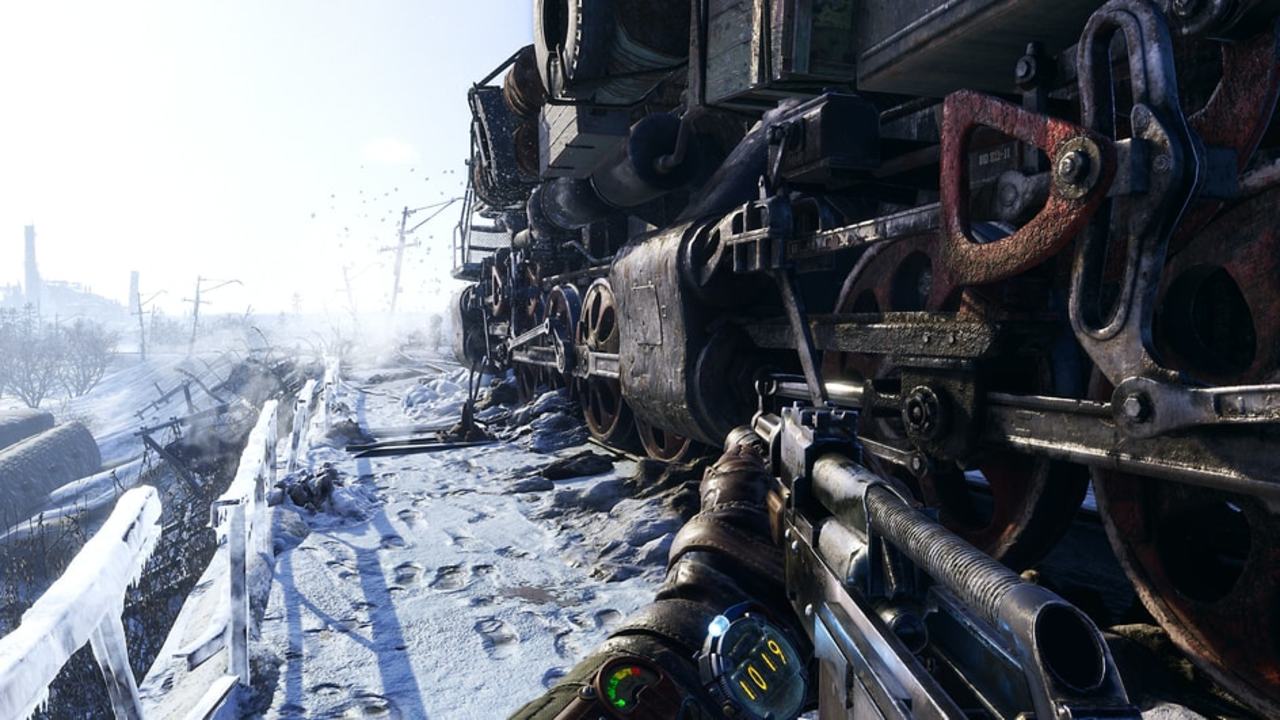
Not that you miss out on all the usual information, you just get it in a different way. "On the weapons you can see how many rounds are in the magazine, so you can tell without having a little number on screen showing how much ammo you have left. We've tried to physicalize a lot of the core communication elements of the game that you would normally use the UI for. Obviously something like inventory management is a little more difficult so we do have some UI elements, but they're usually hidden until you press a button to show them."
"We want you to walk into the house thinking somebody lived there."
Jon Bloch, Executive Producer
One of those elements is the crafting. You get a backpack early on that gifts you the power to customize weapons on the fly. All the different types of gun are modular, giving you a load of options. You can also craft at workshops at outposts, but you'll need to scavenge or trade for the materials. It's worth doing too, because - as in life - nothing in Metro Exodus lasts forever.
The gas mask, one of the signatures of Metro gameplay, is still important to survive certain areas, and can now break completely. Your weapons will be similarly delicate, you'll need to clean them regularly to stop them overheating, but that costs chemicals. Even if you're buffing them to a brilliant shine on the regular they'll still degrade. Hey, no one said life in the nuclear wasteland would be easy.
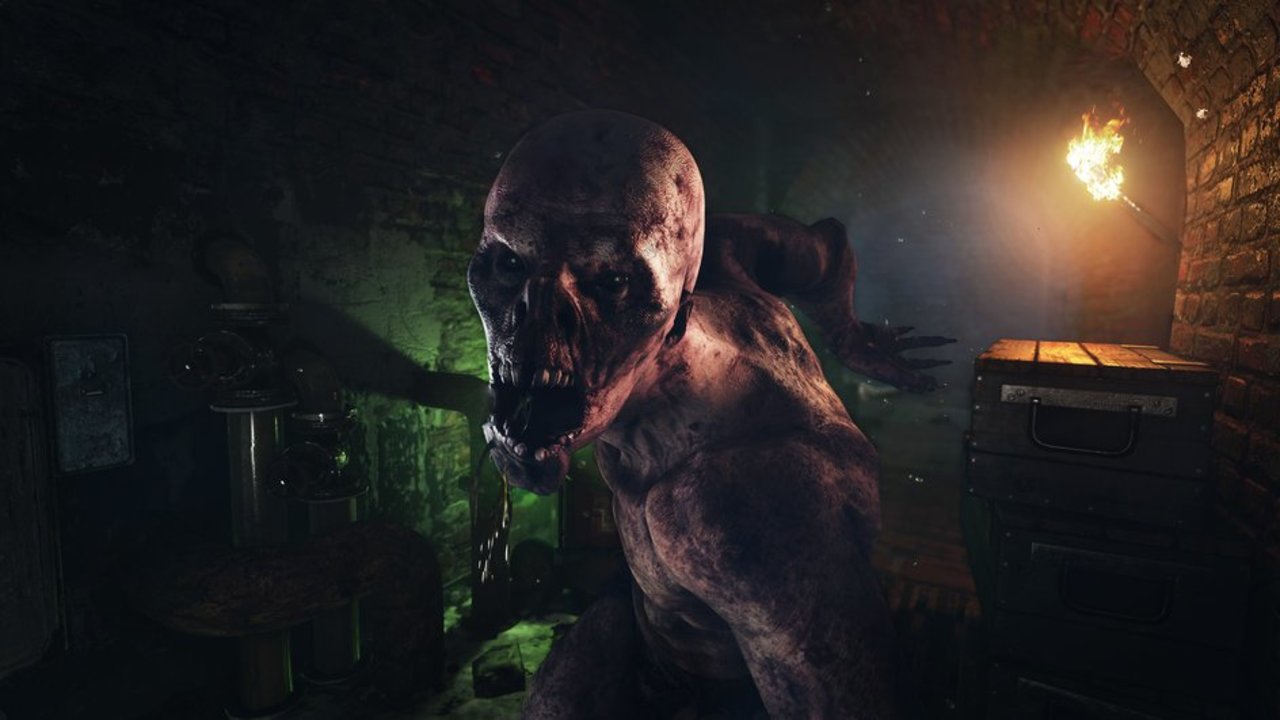
In fact, back in the frigid waters and ruins of Russia, that church was in fact home to a cult who believed electricity was a sin, and hated us on sight. With a little help from some outcasts - and a gun battle weaving through the cluttered rooms of the holy fortification - we got away and escaped by boat, only to have a minor Jaws moment out on the water. We should have crafted a bigger gun.
So what else has changed? There's now a day and night system, and dynamic weather, neither things you really had to worry about when all the action happened underground. It's all part of a radical upgrade to a new engine, something that it's easy to see in the open, icy landscape we played through.
It also feels like the most ambitious outing for the series yet, because managing a tense, tight experience is easy when you've got your players trapped in tunnels, not so much when they can roam the world at will. God of War proved the mix of linear story and more open world sections could work in perfect, bloody harmony, and here's hoping Metro's mutants can do that same.
Metro Exodus is just one of many E3 2018 games being showcased at this year's expo. Find out what else is going on with our detailed E3 2018 schedule to make sure you don't miss a thing.

Rachel Weber is the former US Managing Editor of GamesRadar+ and lives in Brooklyn, New York. She joined GamesRadar+ in 2017, revitalizing the news coverage and building new processes and strategies for the US team.
